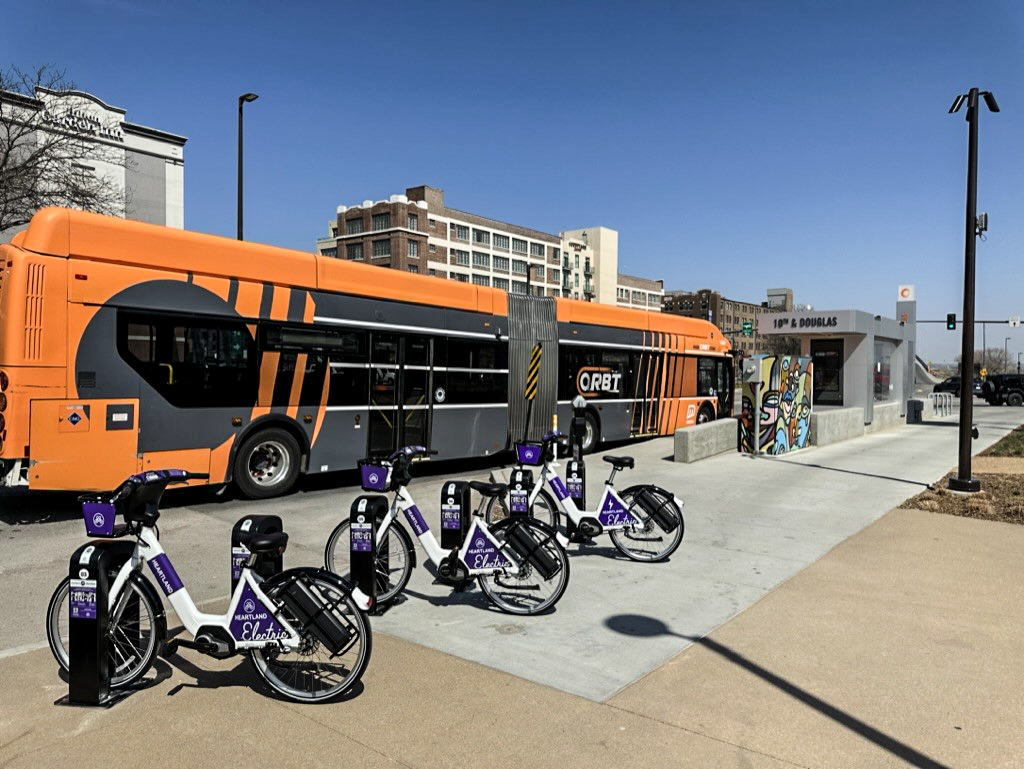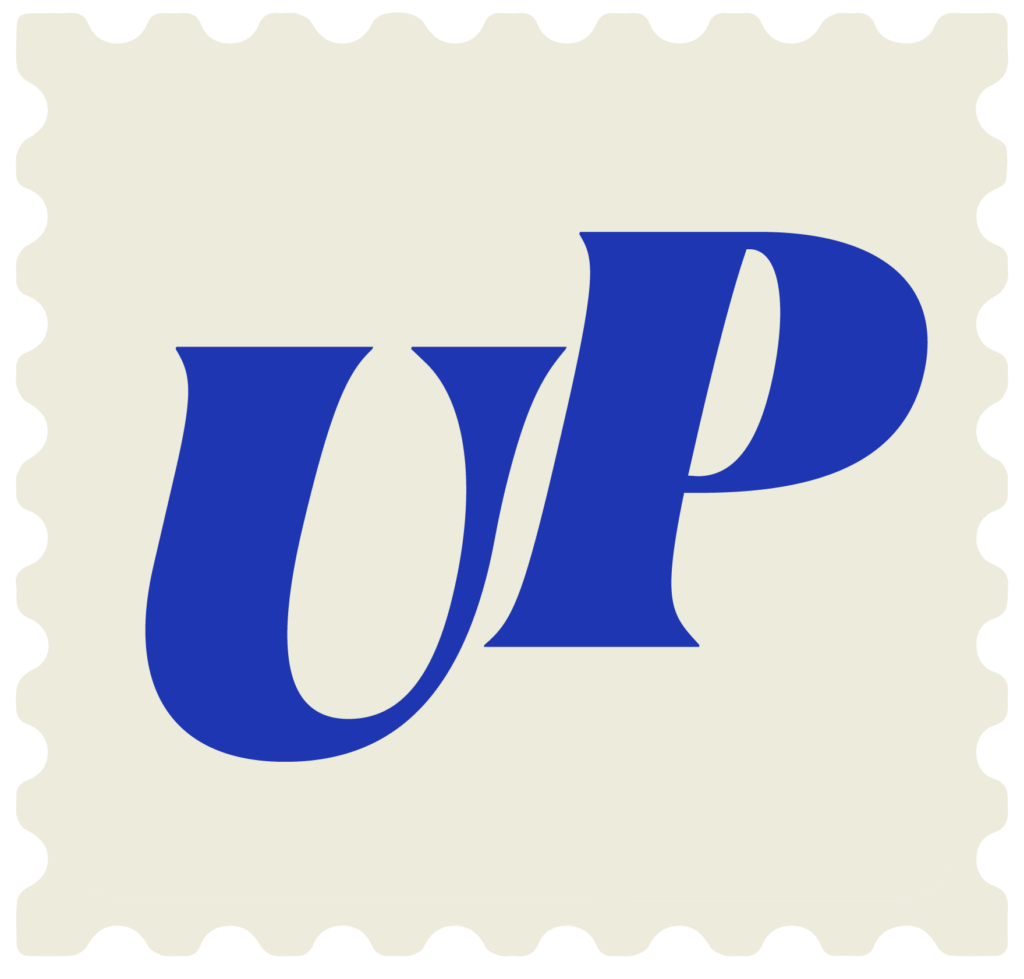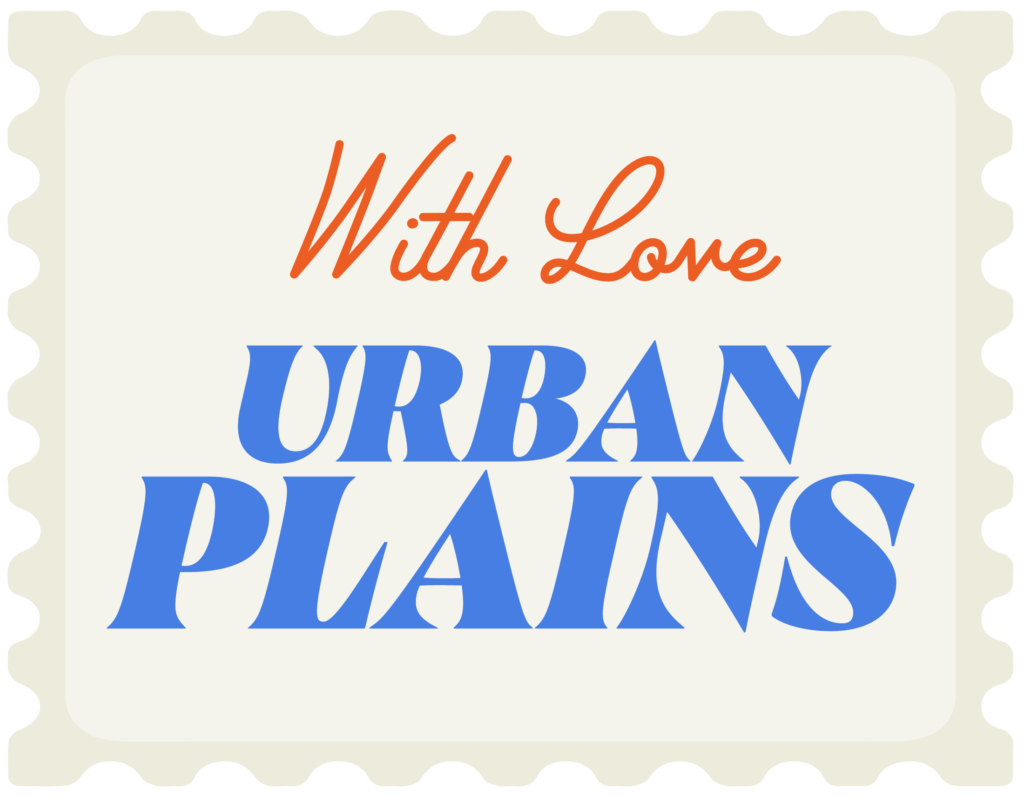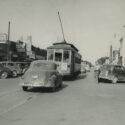When Benny Foltz commutes to his office, he often relies on his bike. His 13-mile route consists of trails, bike lanes and dodging cars on his way to his office in downtown Omaha. Sure, he could hop in a car and make the drive in a few minutes. It would be convenient. But that convenience is what got him to start riding to work in the first place.
“When I was at a tech company, we had this huge parking lot. And fast-food restaurants were on the other side of the parking lot,” he said. “People would walk out of the office building to their car, drive to the fast-food restaurant, go through the drive-through and bring it back. It just blew my mind.”
He thought more people should bike to work. At the time, Omaha was in the infancy of a bike-share program. Foltz was inspired, so much so he started a similar bike-share at his work. It was “wildly unsuccessful.” Everyone just kept using cars.
That didn’t deter Foltz, though. Fast forward to today and Foltz is now the executive director of ROAM bike share, the organization that originally inspired him. And the timing couldn’t be better.
Change On The Horizon
Like many American cities, Omaha is at an inflection point. The city has undergone decades of suburban development, creating a complex web of strip malls and cul-de-sacs that stretch for miles. And for decades, that expansion outward was viewed as progress. After all, the more land you have, the better off you are. Right?
Maybe not. Omaha has hit an invisible wall. Once a powerful annexation force, swallowing communities of less than 10,000 whole without so much as a vote from that town, Omaha is now running out of space to grow.
To the south, there are already multiple cities with populations too big to gobble up, making growth in this direction impossible. They also can’t expand to the east over the Missouri River – that’s Iowa and already claimed by Omaha’s sister city, Council Bluffs. And the hilly north is too difficult to develop.
That just leaves west of the city. Yet a single ridge challenges the whole plan. Over that ridgeline lies a separate watershed, which requires its own sewage system. There would also be new roads, new electrical lines — all of it more costly when they must travel farther and serve fewer people.
So Omaha, like other hemmed-in Midwest cities like Des Moines and Kansas City, is looking to change the land it’s already using. Its future is tied up in making the city denser. That means adjusting the space the city already occupies. It means rethinking its transit system. And it means making the city more walkable — or in Foltz’s case, more rideable — as well. Omaha is about to get a makeover — and it could have massive implications for its citizens, the climate and more. If they can get people to buy into it.

The Car Revolution
To understand how we got to a car-centered suburbia today (and why we’re trying to get out of it), we have to look at how American cities developed. In the early 1900s, many cities were walkable and had public transportation.
“At the turn of the 20th century, American cities were at their most accessible,” said Bradley Lane, an associate professor of urban planning at the University of Kansas. “Everything remotely resembling a village in the United States had a trolley system. And going into the 1920s and ‘30s and ‘40s, we had the largest urban rail network in the world.”
Omaha was no different. The original downtown was small, and the city had an extensive streetcar network.
But then came Henry Ford and his mass-production of shiny new automobiles. The accessibility of the modern car changed the landscape of city planning.
“Around the country in the latter half of the 20th century, there’s basically a complete focus on automobile-oriented suburban sprawl,” said Kevin Carder, an Omaha city planner.
From then on, Omaha — and every other city in America — focused on constructing large roadways and interstates. The cost of living was cheaper in the suburbs. Residents could commute downtown to work. Walkability didn’t just suffer; it was ignored.
Steve Jensen, former planning director for the City of Omaha, saw this when he began work in the 1970s. In his early days, he was tasked with planning roadways. His bosses told him to make six-lane roads everywhere. Jensen questioned this.
“I asked ‘Why would we do that?’” Jensen said. “‘Why would we need that many lanes to handle the traffic?’ And the reaction from Public Works was, ‘Well, because we have no idea how much development is going to occur…just to be safe, let’s make everything six lanes.’”
And that just made room for more cars. In fact, research has shown that building more lanes does not equal less traffic.
“If we are solving problems from today’s car-centric perspective, and add another lane, we are going to just see more cars,” said Alenka Poplin, associate professor of community and regional planning at Iowa State University. “We will not be able to reduce the number of cars because we didn’t offer an alternative.”
Get Out of the Car
Across the country, cities are trying to come up with those alternatives, but it’s not easy. It’s a geography problem. Cities are spread out labyrinths of strip malls, fast food restaurants and supermarkets. And they all have massive parking lots, vast asphalt lakes connected via multi-lane road tributaries. Even when something is close — say, going across one of those parking lots for a coffee — people still drive.
Poplin believes you can begin to change this if you give attention to people, not cars.
“What would be a city that would make citizens happy?” she asked. “A happy city would be able to adapt quickly to new situations.”
Poplin’s research focuses largely on what she calls “smart cities.” Sure, that can mean the cities are technologically advanced, but that’s not all. It can also mean intentional. She asks folks what they want to see in urban settings. They want cities that are walkable. With parks and shopping centers. That are easy to navigate. Then she gives it to them.
Sort of.
Using a melding of video games, social media and surveys, Poplin creates virtual environments where users can create their own ideal public space. Cities that meet residents’ real needs, not whatever the government imagines the common person must want.
“There’s a lot of pent-up consumer demand for more and more options,” Lane said. “More walkability. Easier, closer access to things.”
That, of course, means creating more mixed-use areas, where housing and shopping are intertwined. Where there’s more multifamily housing. Where there’s less need for cars. But that’s easier said than done.
Going a Different Direction
If we once had these walkable cities, what changed? The original downtown grids haven’t grown, so it should be simple to revert them back, right?
Wrong.
It is true that downtowns are easier to “retrofit” than suburbs. They don’t have cul-de-sacs and gridlocked arterial roads. Yet massive change doesn’t happen overnight, though it can stem from seemingly small decisions.
For decades, streets in downtown Omaha were directed one way. They were optimized to get car traffic in and out of downtown as quickly as possible. Cars could zoom in. Cars could zoom out.
Recently, the city has enacted changes that are reshaping the area. Farnum and Harney streets have been changed from west- and east-bound one-way traffic, respectively, to both hosting two directions of traffic with a center left turn lane.
This simple change had a major snowball effect. First, traffic slowed, making it easier for people to navigate and reach their destination downtown. Next came the businesses. Developers saw the slower traffic as an opportunity for new shops. People would be able to see them coming from both directions. New businesses brought in more people. More people turned into more people walking from place to place. More pedestrians turned into a focus on walkability in the area. Now, a protected bike lane has been installed and there are plans for a new streetcar.
All these major changes, just by switching the direction of traffic.
A Changing City for a Changing Climate
Cars don’t just impact citizens — they impact the planet. In 2020, transportation accounted for 27% of total emissions in the U.S. Within that, cars are a major contributor, comprising 57% of this category. And this means something needs to change.
In many ways, the solution has been to shift to electric vehicles. But this comes with its own problems, namely that our electric grids aren’t adapted to charging all these cars.
“We do not currently have the capacity to deliver the amperage to charge those vehicles all at once. And there isn’t a solution for that,” Lane said.
While Lane sees potential for innovation in electric vehicle charging, it’s still a massive challenge. So he has another idea, one that’s easier: a focus on shared vehicles. Right now, the average vehicle occupancy is “generously 1.2,” according to Lane.
If you can increase occupancy to an average of two people, a lot changes. Miles traveled per person drops dramatically since you have one car commuting instead of two. Lane estimates that alone could “presumably cut travel by 80%.” Even if that’s an overestimate, it still significantly cuts down on emissions. It cuts down on gas. It cuts down on the number of cars that need charging. It’s a different approach to climate change. It looks at changing our behavior instead of our energy source.
Biking to Work
Back to Foltz. He doggedly bikes those 13 miles to work every day, dodging traffic and pedestrians alike. For him, biking is transit, and bike-share is more than getting exercise or having fun. ROAM’s investment and implementation of e-bikes has shown that.
“Imagine if you didn’t have a car, or you didn’t have a bus stop and you had access to an e-bike like this,” he said. “You don’t have to maintain it and it’s available year-round. It’s a great thing happening in the bike-share world.”
In fact, ROAM just announced their move to a 100% electric fleet. It positions the organization to function more like a transportation provider. Which is what Foltz has been building toward. ROAM has more than doubled the number of stations and staff in Omaha since Foltz took over in 2017. They even played a part in the protected bike lane in the new development of the downtown region. Along that route alone they installed five stations.
“The No. 1 reason people aren’t riding is because of safety,” Foltz said. “To overcome that, we need more infrastructure.”
ROAM goes beyond providing bikes for people. They also research how people use bikes within the region.
“We’ve provided enough data that this type of infrastructure is allowing more folks to ride their bikes safely and that’s where they want to ride, as opposed to on the street,” Foltz said.
For Foltz, growing the e-bike system is all about educating the public. He said people don’t realize how useful these bikes can be, and he thinks it could change transit.
Equitability
Retrofitting cities does more than help middle-class citizens. It helps everyone. There are plenty of people that can’t afford cars. Lessening the need for a car, or even removing that need altogether, impacts everyone up and down the socioeconomic ladder.
It’s one of the things the Metropolitan Area Planning Agency (MAPA) is considering. MAPA is focused on the Omaha-Council Bluffs region, spanning across six counties and two states. They assist local governments with creating sustainable growth, and their long-term goal looks toward the year 2050. They envision the region hosting an additional 500,000 residents.
Mike Helgerson, MAPA’s executive director, said their planning doesn’t focus on traditional transportation planning like efficiency of traffic or freight movement. Similarly to Poplin’s research, it’s concentrated on people.
“Our first goal is access to opportunity,” Helgerson said. “What role does transportation have in connecting people to educational opportunities, employment opportunities and daily needs like health care?”
MAPA works closely with Omaha Metro Transit. They assisted with ORBT, a new rapid bus transit line in the city. This resulted in $35 million of new investment in an area with some of the largest employers in the region.
“That’s kind of our forte, helping community leaders think long-term about some of these issues,” Helgerson said. “And then on the back end, trying to connect them with the resources to implement the plans.”
The next targeted area will be along 24th Street, a corridor that connects north and south Omaha – areas that have large Black and Latino populations. They are also areas of poverty and have been victims of redlining.
To work toward equitable transportation, ROAM also has focused on making bikes accessible. They partner with food shelters, nonprofits working to help people find employment and nonprofits that help incarcerated people with transition.
“If someone can’t afford a membership, we pretty much will give you one,” Foltz said. “We firmly believe in this.”
They were one of the first to implement this type of program in the nation, making access to transit more viable.
Automating the Future
City plans are long term. They can’t be changed from year to year and can be slow to adapt. Intentional planning is patient. Technology is not. How people navigate cities could change drastically in the future. From flying taxis to convertible bus-trains, there are countless new ideas and innovations in the pipeline.
Autonomous cars alone might force cities to adjust in massive ways. They could change how we view ownership. People may simply call a car from a rideshare app. Or send their car home after it drives them to work.
These changes in technology could threaten new plans for transit and walkability. But they’re not here yet.
“It’s a really interesting juncture right now for the future of the American city,” Lane said.
Omaha’s hope: That its citywide makeover helps define that future for everyone.



Leave a Reply